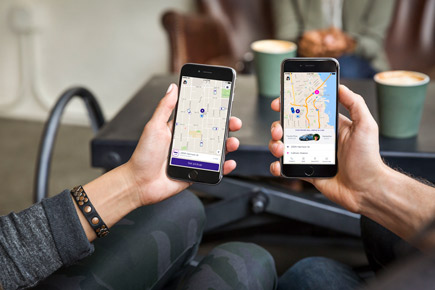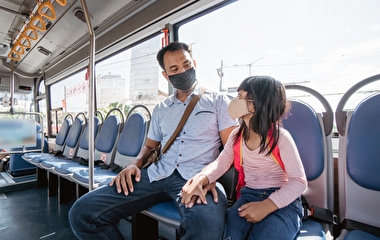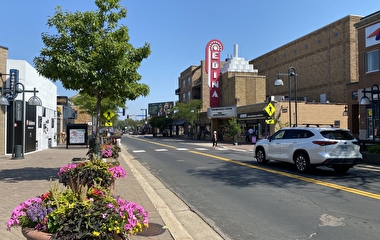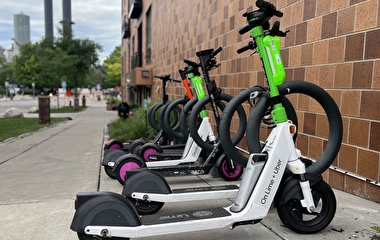New modes of transportation have recently seen explosive growth, with companies leveraging digital technologies to offer a variety of mobility services on demand. Among the most successful are transportation network companies (TNCs) such as Lyft and Uber that match drivers with riders through online digital platforms.
“TNCs offer a flexible model that has some key advantages over traditional transit, including the ability to provide on-demand transportation without the costs of physical assets or dedicated drivers,” says Saif Benjaafar, a professor in the Department of Industrial and Systems Engineering (ISyE).
The success of TNCs has led several U.S. transit agencies to begin exploring opportunities to join with them in public-private partnerships. In a new report published by the Minnesota Council on Transportation Access, U of M researchers examine these partnerships through five detailed case studies, draw lessons and takeaways from these case studies, and identify opportunities for TNC partnerships in the Twin Cities and greater Minnesota region.
For the study, researchers selected five U.S. case studies to highlight unique and distinctive features of the corresponding partnerships and categorized them along three key dimensions: the type of transportation fulfilled, the type of payment, and the type of TNC service provider. The case studies fulfilled various transportation needs, but most fell into one of four categories: first mile/last mile transportation, general transit, rural transit, and paratransit.
In addition, researchers looked at partnerships that have targeted other types of needs. For example, a program in Pinellas County, Florida, offers low-income residents free nighttime rides, and a program in San Diego offered vouchers for UberPool to and from designated points during a busy weekend when the city hosted two major events.
Next, researchers used the case studies to identify opportunities for public-private partnerships between transit agencies and TNCs in the Twin Cities and the greater Minnesota region. These opportunities included transit for seniors, first mile/last mile transportation, general transit for routes with particularly low ridership and high cost per rider, transit for low-income communities, and paratransit.
“The Twin Cities paratransit service currently uses three different independent contractors, rides must be booked at least one day in advance, and users are advised that a five-mile ride that may take only 10 to 15 minutes in a personal automobile may take up to 50 minutes,” Benjaafar says. “These limitations could potentially be addressed by partnering with a TNC to supplement the current system while ensuring the continued availability or even expansion of the service to all existing service areas.”
Three key takeaways emerged from this project: public-private partnerships between transit providers and TNCs can extend the reach of public transit, serve as an alternative to traditional transit, and enable on-demand transportation for seniors and persons with certain disabilities.
One limitation of these case studies, Benjaafar notes, is that access for persons with disabilities, compliance with regulations, and protection of civil rights were not clearly articulated in these pilot programs, and greater understanding of these areas is needed.
The case studies also highlighted other challenges of these partnerships. These include the marketing and outreach investments needed to explain the programs to users; a need to experiment with different models, pricing, service regions, and contractual agreements; quality-of-service monitoring and enforcement; overcoming technology and payment mode barriers; and mitigating the long-term risks of outsourcing transit services such as lost negotiating leverage.
The final report was authored by Moira Blodgett (ISyE student), Alireza Khani (assistant professor, Civil, Environmental, and Geo- Engineering), Diana Negoescu (assistant professor, ISyE), and Benjaafar.



